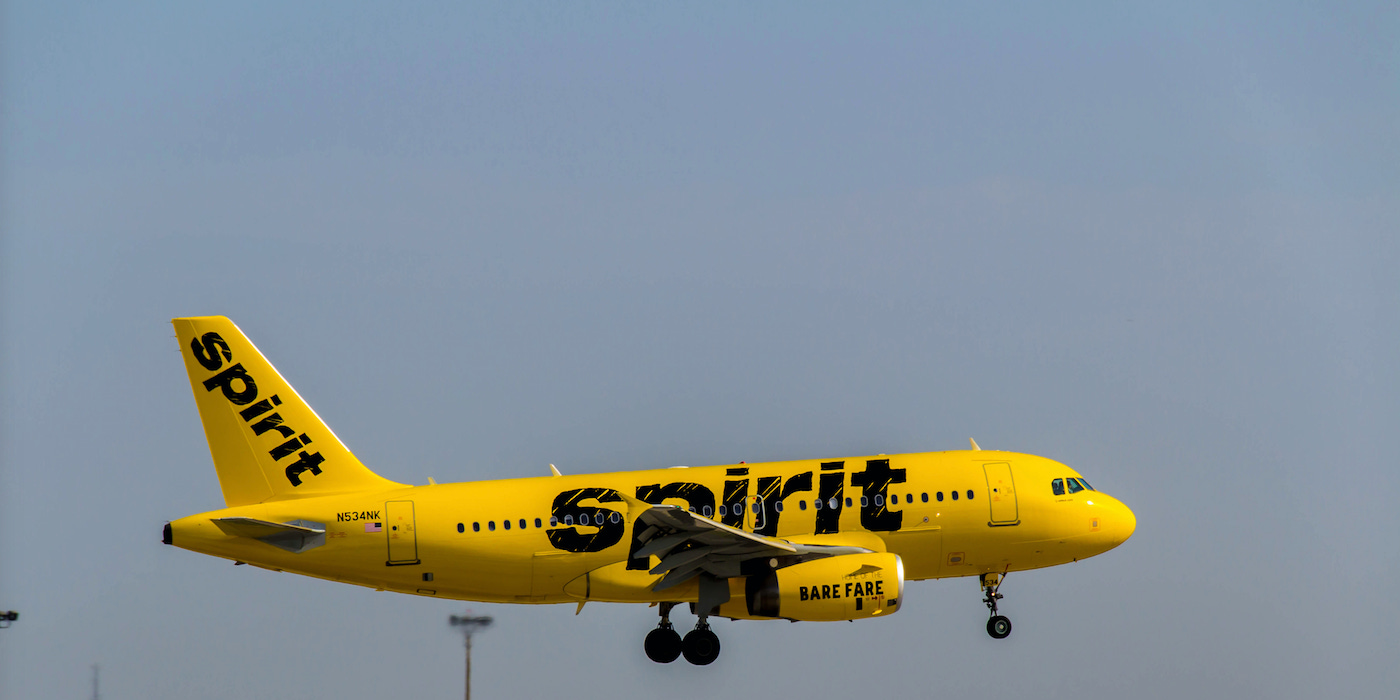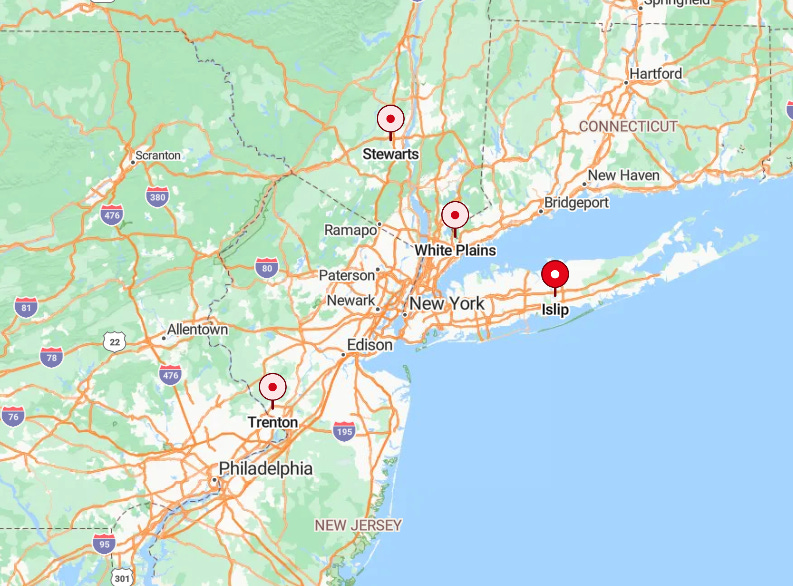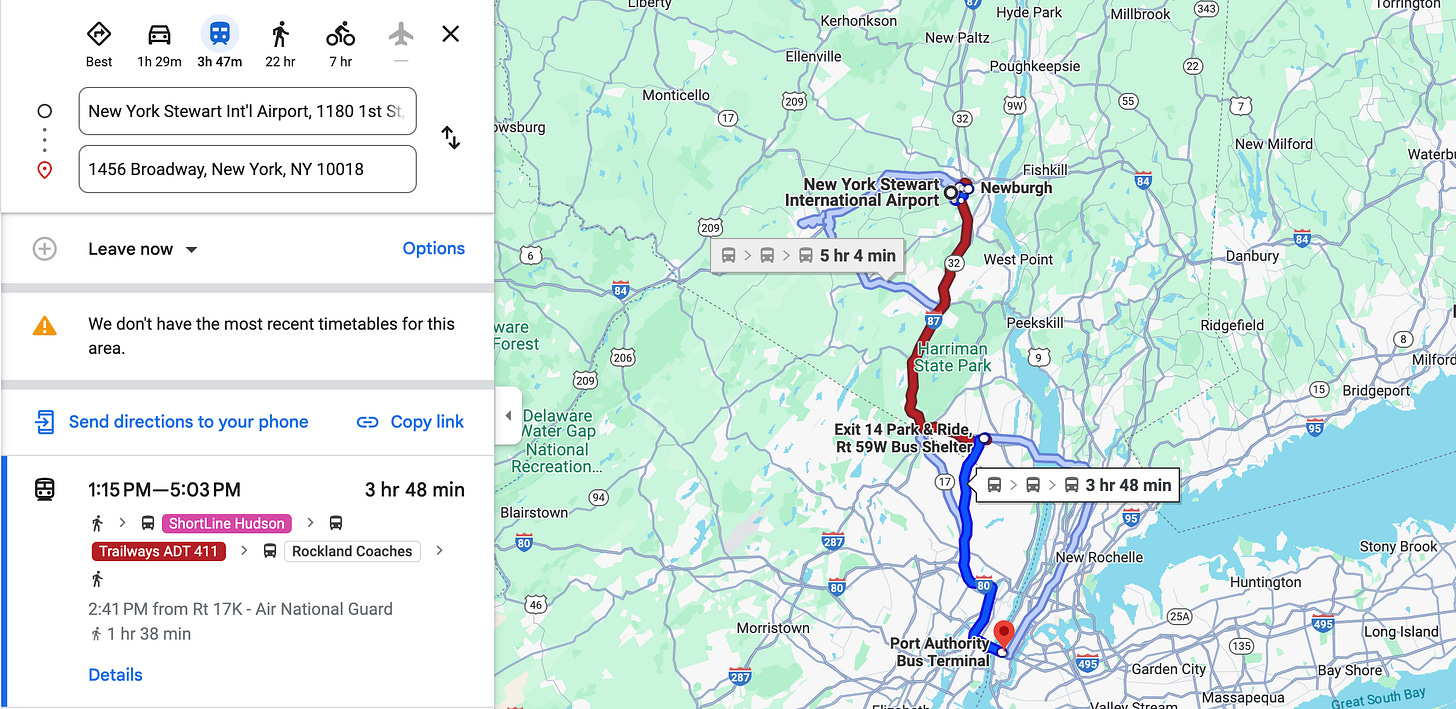Why the Ultra-Low-Cost-Carrier Model Fails in America
With Spirit Airlines declaring bankruptcy one of the largest ULCCs (ultra-low-cost carriers) in the USA is now at risk of disappearing, or being absorbed by another airline. Including Spirit Airlines there are 5 ULCCs in America and none of them have been able to dominate the market like Ryanair has in Europe. For context Ryanair made €1.9b in profit last year, while Spirit Airlines best year for revenue was last year at $5.36b and they lost $447m. There are a lot of nerd stats you can analyze an airline on such as ASM (Available Seat miles), RASM (Revenue per available seat mile), CASM (Cost per available seat mile), and ALF (Average load factor). These statistics are probably great for analyzing airlines, but if you build a business looking at the nerd stats you’re going to fail.
What matters when you fly? Is it your comfort or the price? I’ve only flown twice so I don’t know, but when analyzing your options on how to fly it’s like a seesaw where one side is uncomfortable and the other is comfortable and the price you pay generally determines what side you’ll be on. ULCCs generally put you on the uncomfortable side. In the U.S. there aren’t as many secondary airports as in Europe, or at least secondary airports you can get away with calling the major city. Around NYC there are 3 airports, Newark, JFK, and LaGuardia. All 3 of these airports are busy and there is no small alternative airport with minimal traffic that they can use nearby. The only ones that would qualify would be Stewarts International, White Plains, Trenton, and Islip.
Each one of these airports has problems in and of themselves, whether it is outdated facilities, local opposition, or short runways, but the one thing they all have in common is that compared to NYC they are in the middle of nowhere, and by middle of nowhere what I really mean is there is no easy connection into the city. In order for ULCCs to work in the U.S. they have to serve these smaller secondary airports, however this requires there to be infrastructure in place that is cheap and convenient for the traveler to use.
Flying into Stewarts international wouldn’t be a problem for people, if they could get onto a train and go into the city, or if they could get a cheap rental car and go where they needed to go, and even if they could drive to the airport and park their car for cheap. When the location is inconvenient there needs to be some kind of advantage other than just the plane ticket being cheap, because that become secondary concern if it is canceled out by the cost of parking at the airport, or the cost of a taxi from it. This is actually why I will almost never fly out of JFK, because the cost of the ticket would have to be at least $200+ cheaper because tolls alone for the drop-off and pickup from the airport are at least $70 not including the friend or family member’s time you would be wasting on the drive, which depending on the traffic is easily upwards of 2hrs for what on paper should be a short journey.
Even if the issue of the secondary airports is solved you come to what is the biggest issue that people will never explicitly bring up. The customers who fly on ULCCs are not the people you want to spend an extended period of time around, because they are generally poorer, more impulsive, and lack self-control. You could generally say they possess lower-IQs. When you get on a Ryanair flight from Bratislava to Rome you don’t expect to witness a fight and seeing one would be considered extremely odd, but when you get on a Spirit Airlines flight from New York to Miami not seeing a fight would be more of a surprise. These are not cultural reasons, but demographic realities as to why ULCCs generally fail at reaching levels of success similar to Ryanair in the United States. Where ULCCs do thrive in the U.S. though are in serving small cities to large ones, or certain regions to large cities that are not cross country but 2hrs+ away. An example would be the Providence Rhode Island airport, which can service eastern Connecticut, and Rhode Island as a regional hub which allows people to fly to Florida, Charlotte, or Washington D.C. without having to drive to NYC or Boston.
ULCCs in the U.S. seem to fill 3 possible niches. 1 would be as mentioned above, servicing regions in-between major airports on flights less than 3.5hrs in total, 2 servicing small city pairs that are not flown to by either major carriers or a small city and a major city, or 3 embedding themselves in an up and coming or growing city before the major carriers can justify expanded service into them.
In conclusion, if you’re going to start an ULCC you should be starting it off of minimal math and more so feel. You need to go to places where the cosmopolitans don’t want to be, but where people still live. The person planning routes for United probably doesn’t want to go to some town in Montanan, unless the numbers make sense, but with a tuned intuition you can feel that things will work before the numbers show it. Or, you can do something similar to what this stock trader I read about did, and find out what data the major carriers use to determine new routes, and then figure out how to front run that data.




